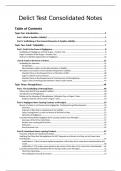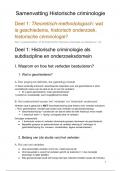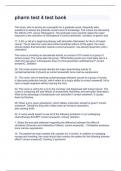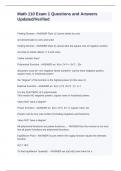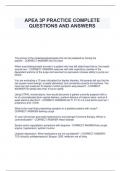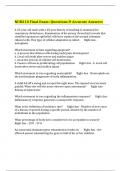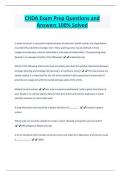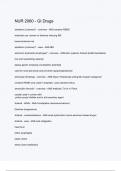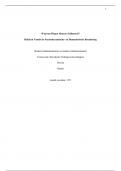Samenvatting
Summary Delict Term 1 Consolidated Notes (Fagan's Section)
- Vak
- Instelling
A thorough summary of the textbook, aimed at making sure readers understand Aquilian liability holistically and simplifying the concepts through diagrams, accessible language, and clear guidelines on how to apply rules. I received a first for this course in 2022.
[Meer zien]
